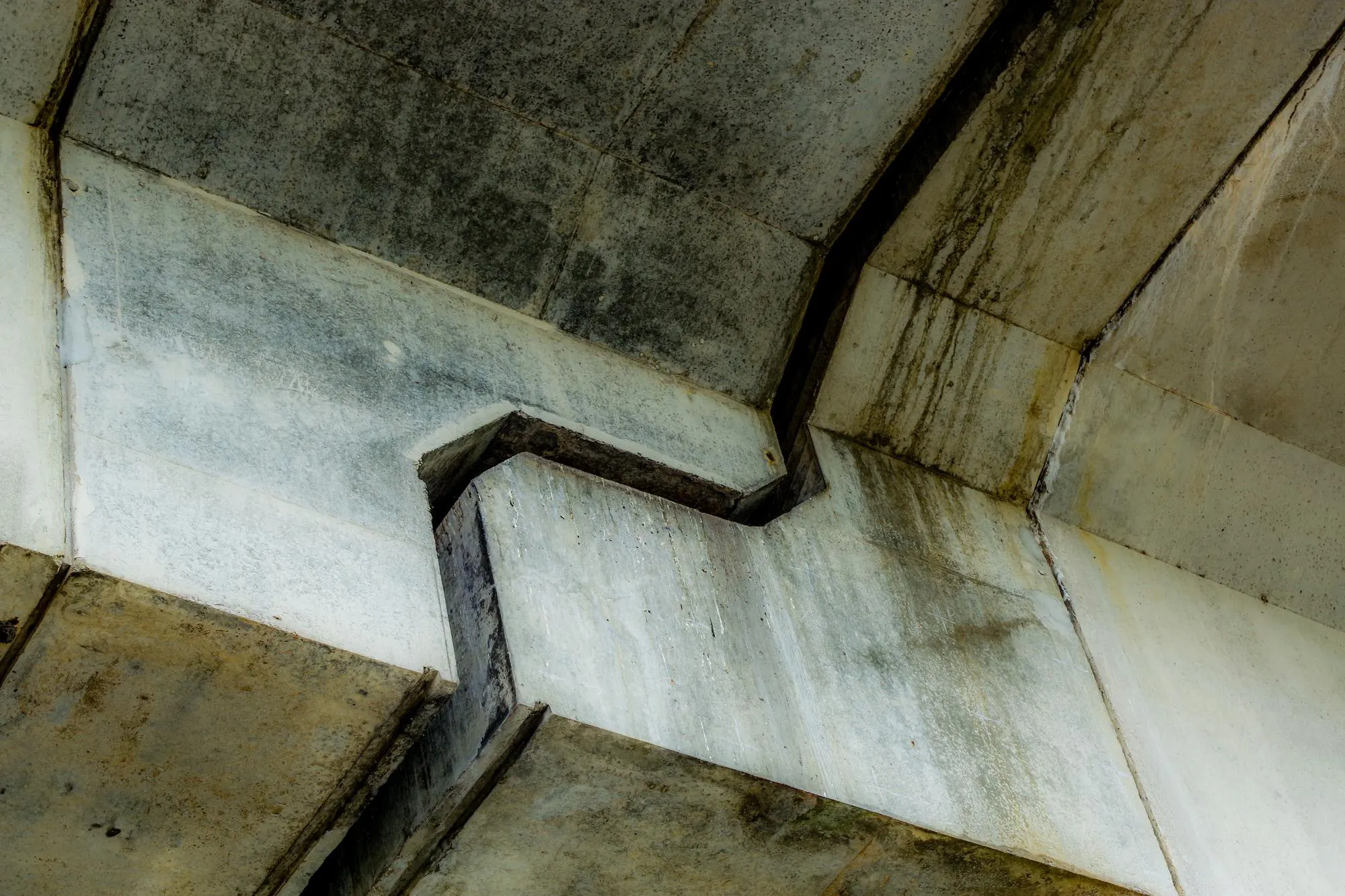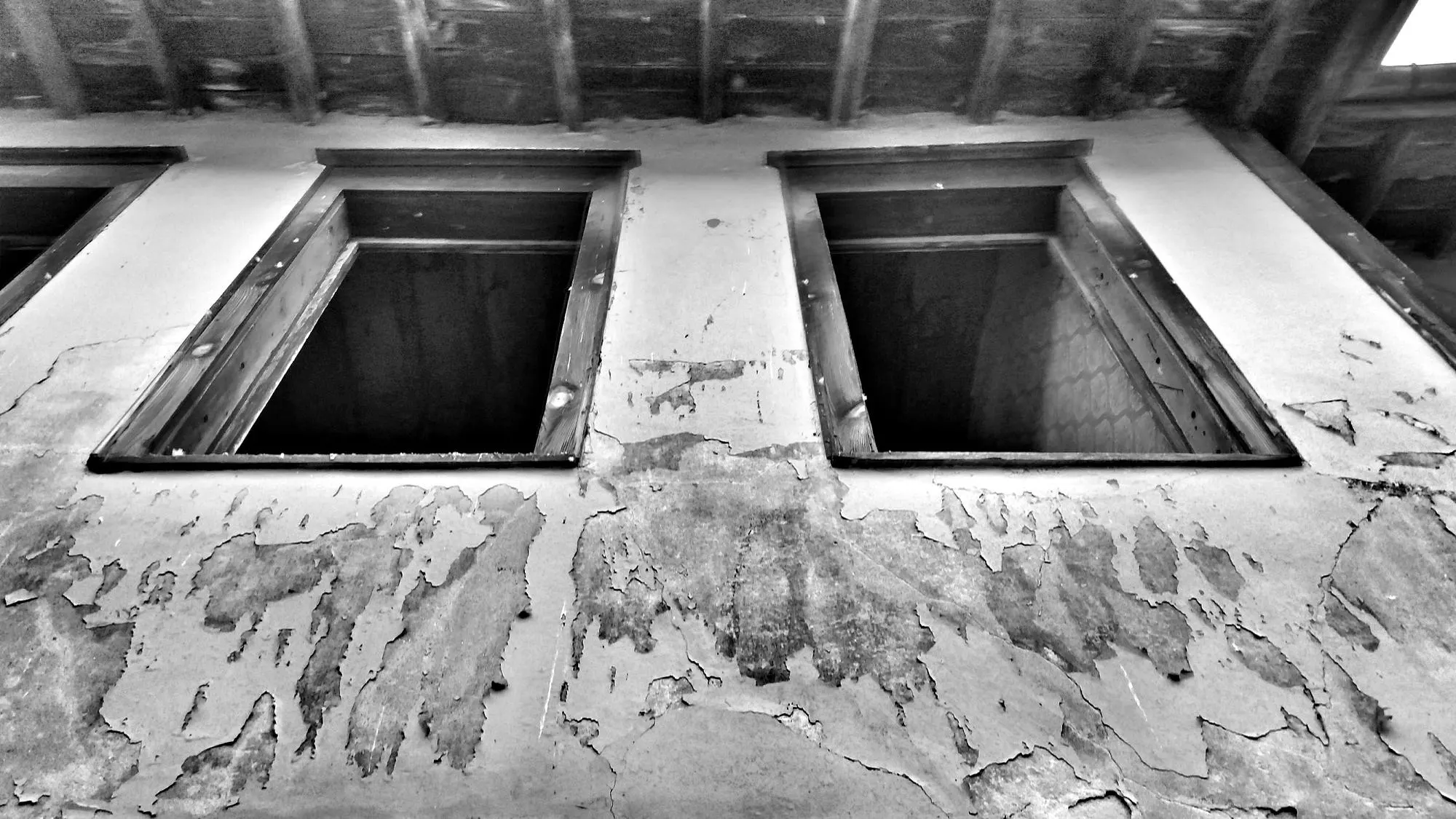Buildings, whether residential or commercial, are significant investments. When water begins to infiltrate a structure, the resulting damage can be extensive—compromising structural integrity, increasing energy costs, and even endangering occupant health. Leaky Buildings Investigation is a critical process that identifies the sources of water intrusion early, enabling targeted repairs and proactive maintenance. This comprehensive guide explores effective strategies for investigating leaky buildings, detailing the methods, best practices, and technologies that can safeguard your property.
Understanding Leaky Buildings
A “leaky building” is one where water infiltrates through gaps or failures in the building envelope—such as walls, roofs, windows, and foundations. Water intrusion may occur due to a range of factors:
- Poor Construction or Design: Improper waterproofing, improper sealing, or flawed design elements.
- Material Degradation: Over time, aging or weathered materials lose their ability to seal.
- Environmental Factors: Deterioration is accelerated by heavy rainfall, high humidity, or harsh coastal conditions.
- Maintenance Neglect: Small issues can turn into significant problems due to the absence of regular inspections and timely repairs.
Understanding these factors is essential to effectively investigate and remediate building leaks.
Key Investigation Strategies
Successful Leaky Buildings Investigation relies on a combination of traditional techniques and advanced diagnostic technologies. Here are several effective strategies:
- Visual and Physical Inspections
- Exterior Examination: Inspect the façade, roof, windows, and door seals for visible signs of wear, cracks, or gaps. Look for stains, peeling paint, and mold, which are often indicators of water damage.
- Interior Inspection: Check walls, ceilings, and floors for damp spots, bubbling paint, and warping that may signal hidden moisture.
- Moisture Meter Testing
- Non-Invasive Measurement: Use moisture meters to quantify moisture levels in various building materials. Elevated moisture readings can pinpoint areas of concern even when no visible signs are present.
- Baseline Comparisons: Compare moisture readings across different areas to identify anomalies that may indicate leak sources.
- Thermal Imaging
- Infrared Cameras: Thermal imaging captures heat variations on surfaces. Areas with insulation gaps or moisture intrusion typically display as cold spots on thermal images.
- Mapping the Problem: Generate thermal maps that reveal the full extent of heat loss and potential water infiltration points, enabling targeted repairs.
- Low-Voltage Testing: ELD uses a low-voltage electrical current across waterproof membranes to identify breaches. This technique can detect even minor pinhole leaks that might be missed by other methods.
- Precision Diagnosis: With ELD, technicians can create a detailed map of leak locations, facilitating pinpoint repairs.
- Acoustic and Sound Detection
- Listening for Leaks: Acoustic sensors pick up the sound of water escaping through pipes or building materials. This method is particularly useful in detecting leaks in concealed areas like wall cavities or underground spaces.
- Real-Time Alerts: Some systems can provide real-time feedback, allowing for immediate investigation and mitigation.
- Drone-Based Inspections
- Access Hard-to-Reach Areas: Drones equipped with high-resolution cameras and thermal sensors can inspect roofs, facades, and other elevated or expansive structures.
- Efficiency and Safety: Drone inspections reduce the need for manual climbing and can cover large areas quickly, improving both efficiency and safety during investigations.
Best Practices for Leaky Buildings Investigation
Implementing a robust investigation strategy involves more than just selecting the right tools. Here are some best practices to ensure accurate and effective leak detection:
- Regular Inspections: Schedule routine inspections to catch minor issues before they escalate into major problems. Consistent monitoring is key to proactive maintenance.
- Integrated Approach: Combine multiple diagnostic methods (visual, moisture meter, thermal imaging, ELD, acoustic detection) to get a comprehensive picture of building performance.
- Documentation and Data Analysis: Keep detailed records of all inspections, including thermal images, moisture readings, and ELD reports. Use data analysis software to track trends and predict potential future failures.
- Collaboration with Experts: Work with certified professionals specializing in building diagnostics. Their expertise can help interpret complex data and recommend effective solutions.
- Post-Repair Verification: Always perform follow-up testing after repairs to ensure that the interventions have successfully resolved the leaks.
Future Trends in Leak Investigation
As technology advances, the strategies for investigating leaky buildings continue to evolve:
- Smart Sensors and IoT Integration: Continuous monitoring systems that provide real-time alerts when moisture levels rise.
- Artificial Intelligence: AI-powered analytics can predict potential failure points and optimize maintenance schedules.
- Enhanced Drone Capabilities: Drones with improved sensor technology and autonomous flight paths will further streamline the inspection process.
Conclusion
Effective Leaky Buildings Investigation is the cornerstone of maintaining a resilient, energy-efficient, and comfortable building. By combining traditional inspections with cutting-edge technologies like thermal imaging, ELD, and drone-based surveys, property owners can detect leaks early, implement targeted repairs, and safeguard their investments.
For more information on our comprehensive Defect Investigation Services and leak detection solutions, contact us today. Let our expert team help you maintain the integrity and performance of your building, ensuring long-term energy efficiency and occupant comfort.


